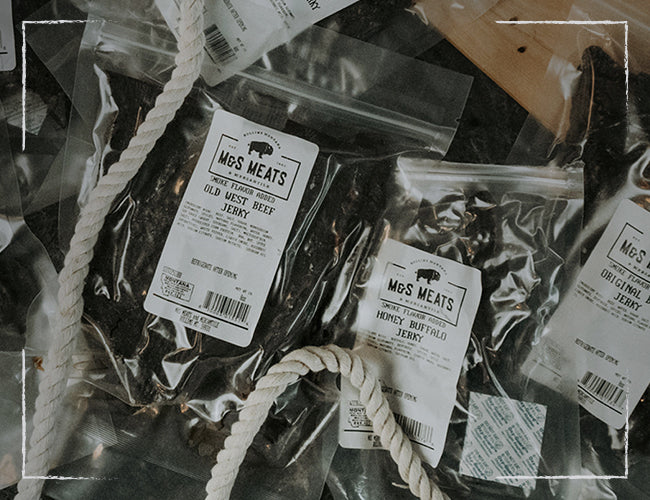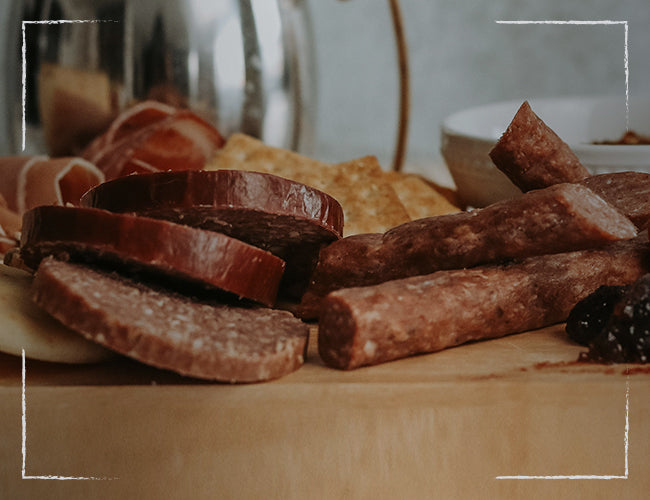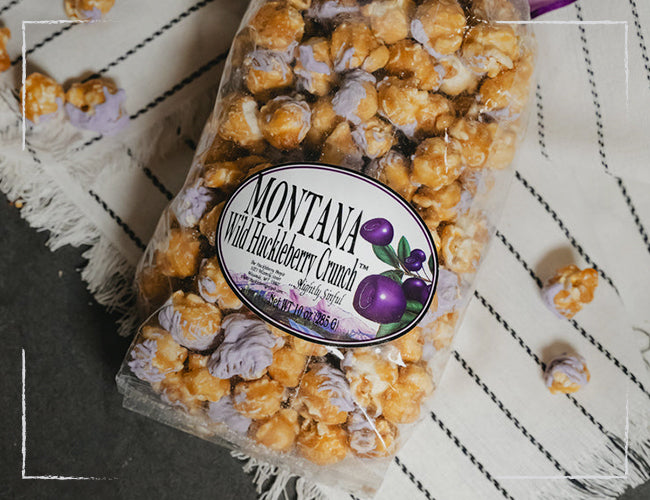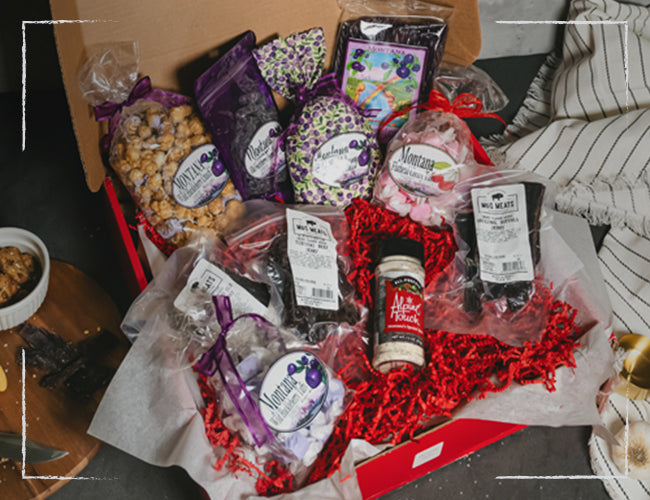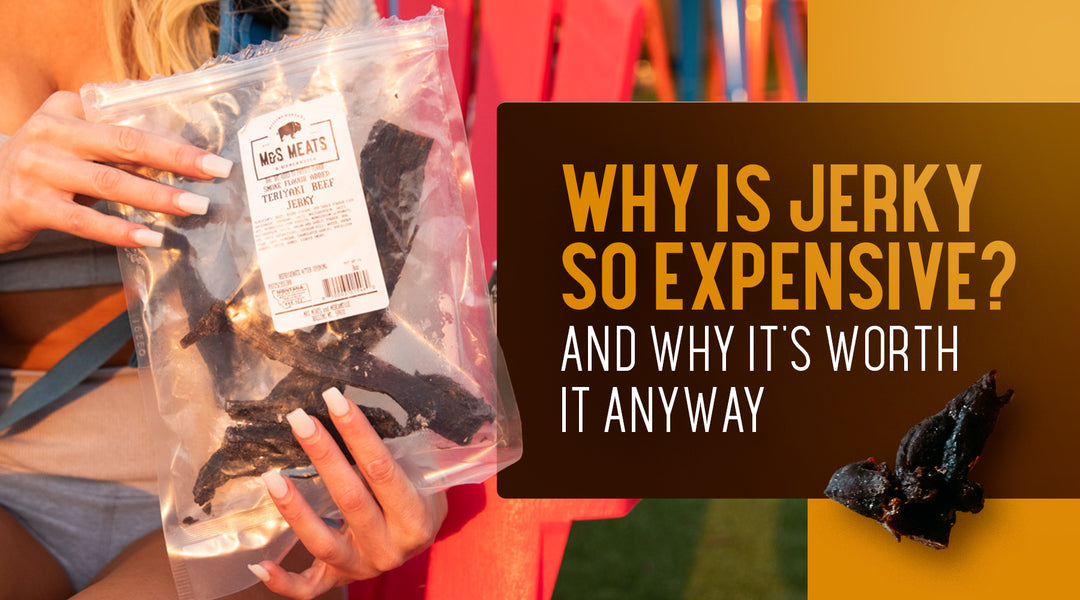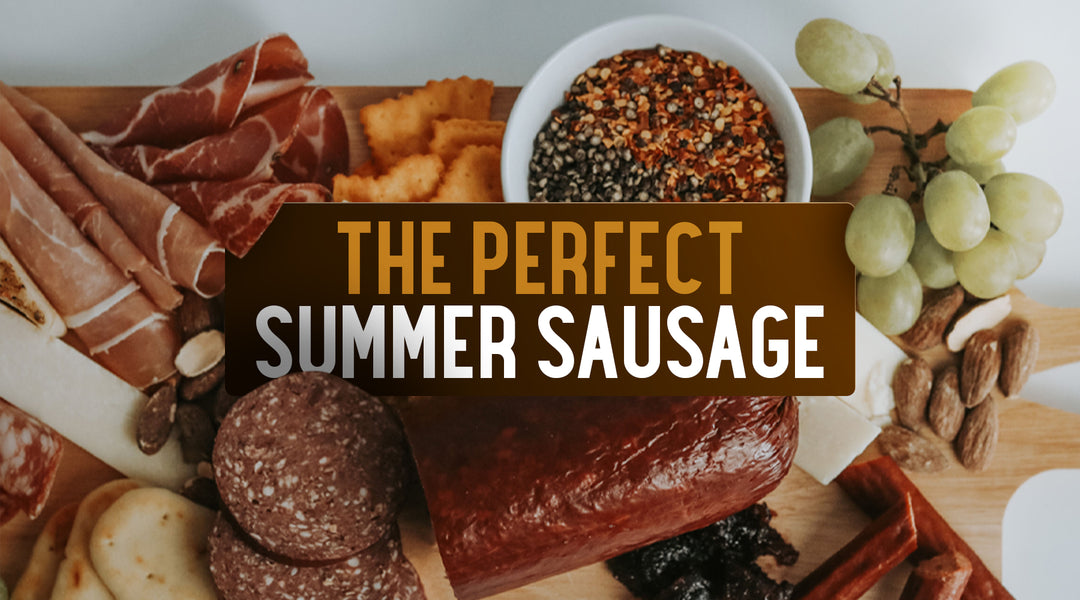Jerkypedia: The A to Z of Jerky

Welcome to Jerkypedia, your comprehensive guide to all things jerky. From its origins to its types, preparation methods, health benefits, and even the cultural significance, this A-Z guide will quench your thirst for knowledge about one of the world's oldest and most popular preserved meats.
A - Ancient Traditions
The history of jerky is as rich as its flavor. The practice of preserving meat by drying it out in the sun dates back to ancient times, a technique used by many indigenous cultures, including the Native Americans. This preserved meat could last for months, making it the perfect food for long journeys.
B - Beef
While jerky can be made from many types of meat, beef jerky remains the most popular variety. High-quality cuts like round steak, flank steak, or sirloin tip are often used.
C - Curing
Curing is a critical step in jerky making. It involves marinating the meat in a solution of salt, sugar, and various spices. The marinade not only flavors the meat but also helps to preserve it by inhibiting bacterial growth.
D - Dehydration
Dehydration is the main method used to make jerky. By drying out the meat at a low temperature over several hours, you can preserve the meat while retaining its nutritional value.
E - Exotic Meats
While beef is the standard, jerky is also made from a variety of exotic meats. You can find jerky made from elk, venison, buffalo, and even kangaroo. These varieties offer unique flavors and textures.
F - Flavor
The beauty of jerky lies in its unlimited flavor possibilities. From classic teriyaki and smoky barbecue to spicy habanero or sweet and tangy pineapple, there's a flavor for every palate.
G - Grilling
Although dehydration is the most common method for making jerky, grilling is another technique used, especially in some African countries. This method imparts a smoky flavor to the jerky.
H - Health Benefits
Jerky is high in protein and low in fat, making it a popular snack for those looking for a healthy, satisfying snack. It's also a great source of iron and zinc.
I - International Varieties
Different countries have their unique versions of jerky. South Africa has biltong, China has bakkwa, and Australia boasts its iconic wallaby jerky.
J - Jerky's Journey
Jerky has traveled on numerous historical journeys, including being a staple for explorers, soldiers, and pioneers. Its lightweight, non-perishable nature makes it an ideal travel food.
K - Kangaroo Jerky
Representing Australia's unique contribution to the jerky world, kangaroo jerky is lean and flavorful, with a distinct gamey taste.
L - Low-Temperature Cooking
Jerky is typically dehydrated at a low temperature, often between 160 and 200 degrees Fahrenheit. This slow process allows for the moisture to be removed while retaining the meat's nutritional value.
M - Marinades
Marinades play a significant role in the flavor of jerky, infusing the meat with a wide range of flavors. Typical marinades can include ingredients like soy sauce, Worcestershire sauce, honey, and a myriad of spices.
N - Nutrition
Jerky's high protein and low fat content make it a nutritious snack. However, it's important to be aware of the sodium content, which can be high in some varieties.
O - Origins
The word 'jerky' comes from the Quechua word 'ch'arki', which means 'dried, salted meat'. The technique was adopted by Spanish Conquistadors who spread it worldwide.
P - Preservation
Jerky's key benefit is preservation. The dehydration process inhibits the growth of bacteria and other microorganisms, giving jerky a long shelf life without refrigeration.
Q - Quality
The quality of the jerky heavily depends on the quality of the meat and ingredients used. High-quality, lean cuts result in superior jerky.
R - Recipes
Jerky recipes vary widely, offering a plethora of options for homemade jerky enthusiasts. From traditional to experimental, the flavors you can create are virtually endless.
S - Spices
Spices are vital in jerky production. They not only contribute to flavor but also aid in preservation. Common spices include pepper, garlic, onion, and chilies.
T - Texture
Jerky is known for its chewy, dense texture. The dehydration process concentrates the meat's proteins, resulting in a satisfyingly tough and chewy snack.
U - Unconventional Jerky
Beyond traditional meat, there's a world of unconventional jerky out there. You'll find fish jerky, vegan jerky made from tofu or seitan, and even fruit jerky!
V - Vacuum Packaging
To keep jerky fresh and extend its shelf life, it's often vacuum-sealed. This process removes air from the package, further inhibiting bacterial growth.
W - Wild Game
Wild game like deer, elk, and bison are often used in jerky, providing a unique flavor profile and adding variety to the types of jerky available.
X - Xtra Spicy
For those who like a kick, there are plenty of extra spicy jerky options out there. Habanero, ghost pepper, and Carolina Reaper jerky are just a few of the fiery options available.
Y - Yield
When making jerky, expect a significant reduction in weight. As a general rule, 3 pounds of raw meat will yield about 1 pound of finished jerky.
Z - Zingy Flavors
From tangy citrus to zesty pepper, jerky comes in a vast array of bold and zingy flavors to surprise your taste buds.
Whether you're a jerky connoisseur or a newcomer to this flavorful world, we hope this A to Z guide of jerky has expanded your horizons and maybe even inspired you to try making some of your own. Happy snacking!




